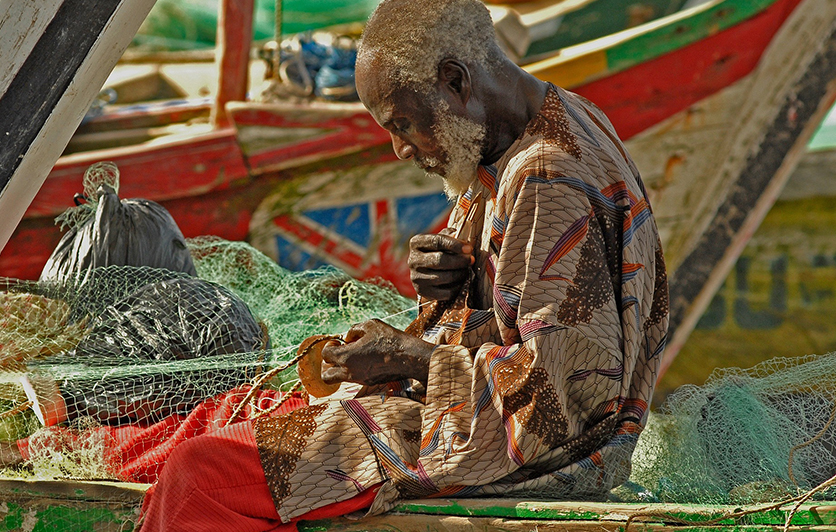-
Home
- Home Sanik Artisans
- Sanik Artisans
Sanik Artisans
<i>Sanik</i> comes from the Kaqchikel word "Worker Ants". The artisans have chosen this name because, "You cannot achieve much alone, but as a group you can achieve great things."<br><br>
Sanik Artisans is a cooperative located in the highlands of western Guatemala in the department of Solola. The women of the cooperative use the art of the backstrap loom to express their cultural identity and thus generate income for their families. "Weaving is our life. It is what has allowed us to bring bread to our tables." Together, they have been able to pool their resources and set up markets in Guatemala and the United States. <br><br>
Sanik was founded by the community leader, mother and businesswoman, Juana Xoch. She saw the potential in her neighbors for selling their creations in the largest markets. However, most of the women of the town of "El Triunfo" have not had the opportunity to receive education, and they do not speak Spanish. <br><br>
Women in "El Triunfo", a rural community hidden in the western highlands of Guatemala, have come together to support their families, preserve their culture and ensure that their children have more opportunities in the future. Over the years the cooperative has reached 25 artisans, all of whom have developed the skill of the backstrap loom, which has been passed from generation to generation. They work with wholesalers to distribute their products. <br><br>
They have accomplished incredible feats, such as creating a global fair trade association and implementing a scholarship program for their children, which began in 2012. They invest part of the sales of the Sanik Scarf in education in a country where children stop attending school because their parents cannot afford it, especially in rural communities. In January, 2019, around $400.00 in scholarships was raised that was awarded to 15 students aged 7 to 12. And they initiated "Scarves for the School", where American university students can help send Guatemalan children to school through the purchase of scarves made by artisans. This not only helps the artisans, but also provides opportunities for primary and secondary school children. They continue to work together for a better future for the community and their families.


